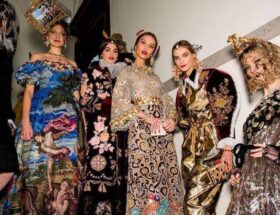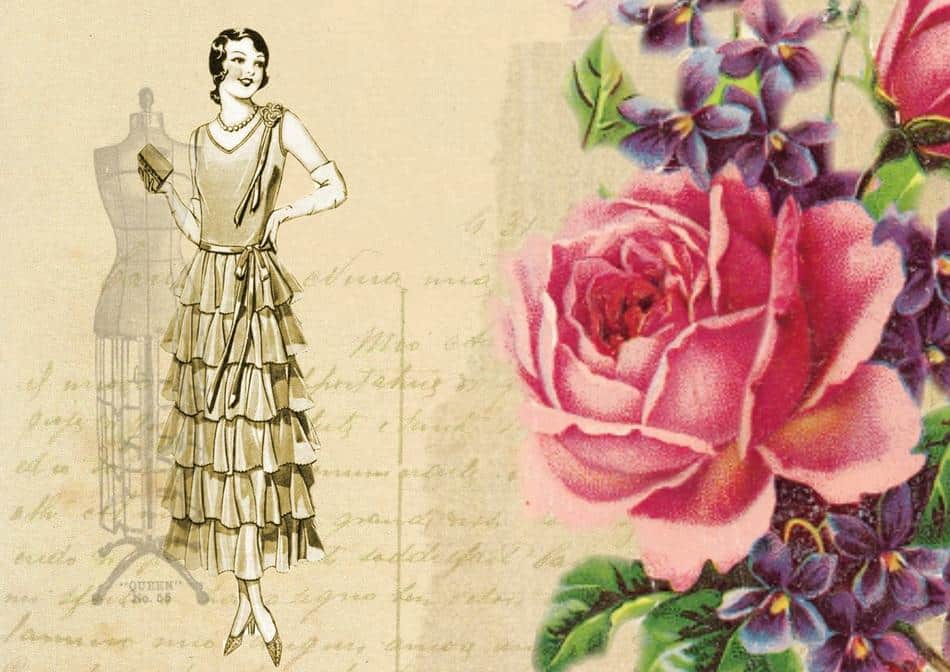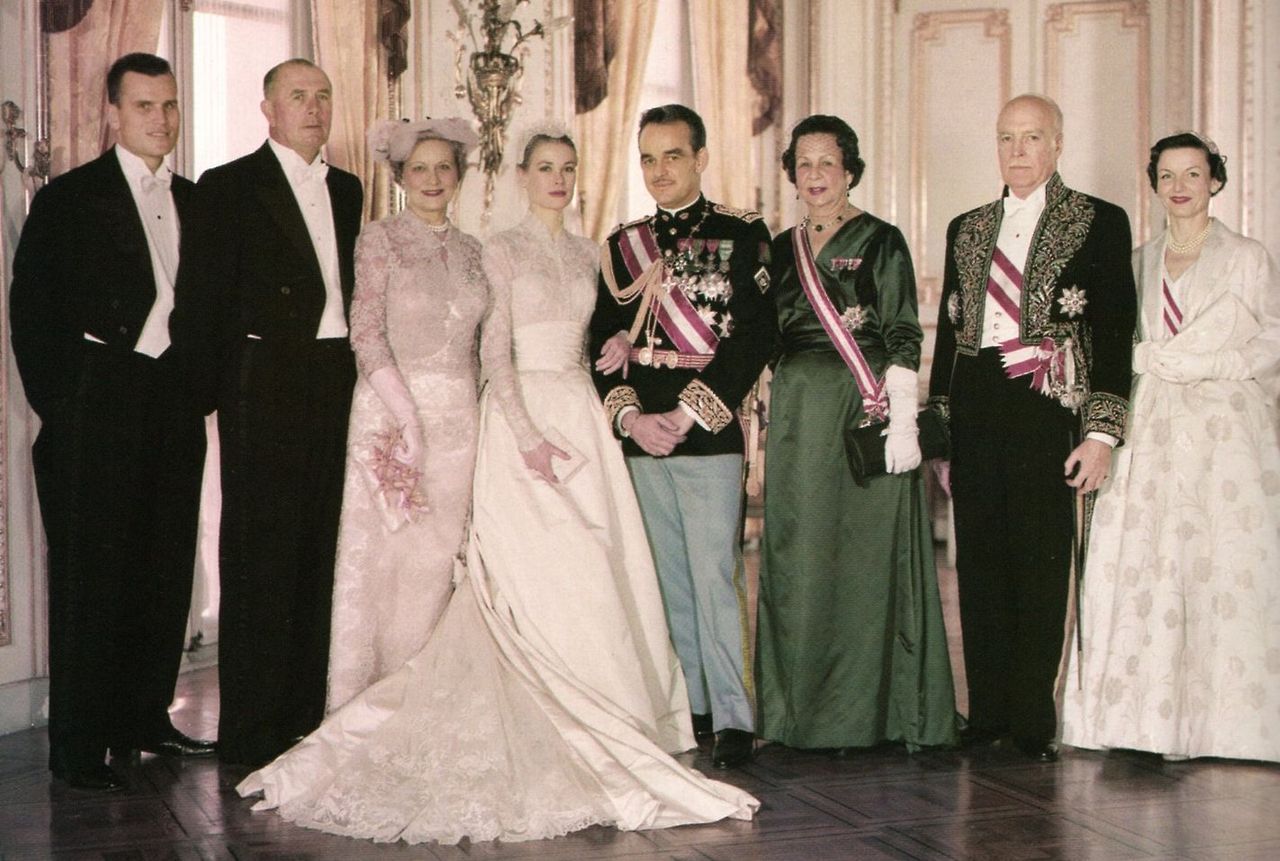By Pauline Weston Thomas for Fashion-Era.com
Table of Content
- Agricultural and Industrial Revolutions
- The Loss of the Peasantry
- New Inventions - The Spinning Jenny
- The Poor Law
- 1812 Bad Harvest
- The Results of the Industrial Revolution
- Steam Power
- Factory Towns
- Factory Conditions Pre 1815
- The Emergence of a New Social Class
- The Fashion for Smocks
- Smocking
Agricultural and Industrial Revolutions
During the war prior to 1815, Britain had become the most powerful country in the world. New dangers and difficulties emerged as both the agricultural and industrial revolutions had destroyed the balance of society. New classes had appeared for whom there was no place in the existing structure. All this disharmony was aggravated even further by the French revolution and new ideas. The long drawn out Napoleonic wars added to the turmoil producing new problems in European relationships.
The agricultural revolution had meant increased quantities of better food. The industrial revolution meant new towns and new growing populations. The social results of the two combined were disastrous. The new rich landowners took years before they accepted responsibility for the mass of poor people.
The Loss of the Peasantry
Large numbers of peasants were unable to prove they had title to any land and so were ignored. To eke out a living the peasants became labourers living on meagre wages paid by the new ruling classes. Womenfolk and children provided indoor labour for the same owner rulers.
So whole families were tied to ambitious successful industrial owners. If one family member fell out with owners it was likely the whole family would need to move on to another area. This distress was also increased because there was a huge loss of common land and so people could not raise pigs or fowl or grow foods.
New Inventions - The Spinning Jenny
New inventions such as the Spinning Jenny invented by James Hargreaves in 1764 and shown above in the header eventually wiped out the domestic industry of spinning yarns.
This was devastating socially, because 'spinsters' often older female members of a family silently earned their living this way. Also new methods of working meant that fewer hands were required in many trades and so a surplus of manpower with too many workers chasing too few jobs arose. Inevitably the hard working English peasantry was ruined as they moved closer to industrial towns seeking work.
You are reading an original 'Industrial Revolution & Effects on Society', fashion history article by Pauline Weston Thomas at fashion-era©.
The Poor Law
Conditions of hardship, uncertainty and starvation led to the government introducing the Poor Law.
The practice of making up wages through the Poor Law was worse than the initial cause and created a new pauper class who were thriftless, servile and often drunk. Because children were worth one shilling and sixpence a week through the Poor Law, the pauper class actively embraced huge families increasing the problems.
1812 Bad Harvest
The new owning classes also had their problems when in 1812 there was bad harvest after a disastrous year of rains. Uncertainty over the price of grain coupled with the ever increasing cost of the war piled up rates and taxes to an unheard of figure.
With time a gulf began to separate the working classes from the owning classes. The wage earning labourer was helpless to improve his situation and this continued for over twenty years. In the south of England distress was much worse because farms were small. Despite all these hardships the rural population still had a freer happier life than the factory hands.
The Results of the Industrial Revolution
Steam Power
James Watt's steam engine brought untiring mechanical power. Then Abraham Darby's discovery that iron could be smelted in a blast furnace using coke placed the most superior material, strong cast iron at industry's disposal. The results were immediate and consumer goods were produced on a new scale.
All of this took place very rapidly in the space of fifty years. It was the catalyst for change and growth and also produced a huge increase in population.
You are reading an original 'Industrial Revolution & Effects on Society', fashion history article by Pauline Weston Thomas at fashion-era©.
Factory Towns
The new conditions demanded new towns solely devoted to factory production. Because steam power needed to be near fuel supplies, industrialisation often took place in coal towns. The houses in these towns were thrown up and were built with a sharp eye towards profit.
In effect they built back-to-back housing that could only be slums, packed so closely with minimal sanitation of one or two lavatories in courtyards supposed to supply the residents of a whole street. Squalid conditions soon developed.
Factory Conditions Pre-1815
The worst suffering took place in factories where there were no regulations, no restrictions for over or under age employees, or suitable and unsuitable workers.
Early buildings were poorly illuminated and without sanitation or regulations on guards for machines and operatives. Wages were always below subsistence level so that child labour was used by parents needing to supplement family income.
Five or six year olds could tend machines and earn a little money. They were also appreciated by masters because they could clamber into awkward places and manipulate techniques difficult for older larger hands and bodies. Children became so tired, that they lived and worked on the job in the factory, falling asleep where they fell. By the time a child was ten he worked the same hours as an adult.
The Emergence of a New Social Class
The situations existed where change and growth created a new middle class and they wanted to display their wealth in fine homes, furnishings, and of course in their dress.
Only a few examples of working clothes exist in museums because so often they were threadbare and in rags and discarded. Even working clothes have their fashions. Sometimes they are in step with fashion, but they often lag behind and occasionally they influence fashions.
The Fashion for Smocks
One of the most enduring working costumes from the era include smocks and smock frocks. The significance of the smock is interesting from an occupational aspect and what it says to the onlooker about recognising a uniform.
In the book 'Far From The Madding Crowd' by Thomas Hardy, one of the main characters seeking work as a shepherd cum farmhand is deemed unsuitable until he presents himself again to employers. On the second occasion he wears a smock and is instantly selected for the work.
Smocking
Smocking was usually a technique worked in the same colour thread as the fabric. White on white and cream on cream linen were usual. In continental European countries it was often more colourful and over the decades in Britain as men stopped wearing it the technique was used to decorate ladies yoked blouses and also children's clothing.
Smocking can be very attractive. If you would like to see some worked examples click below to go to the smocking illustration page.
You have been reading an original 'Industrial Revolution & Effects on Society', fashion history article by Pauline Weston Thomas at fashion-era©.
Page added 2001.



